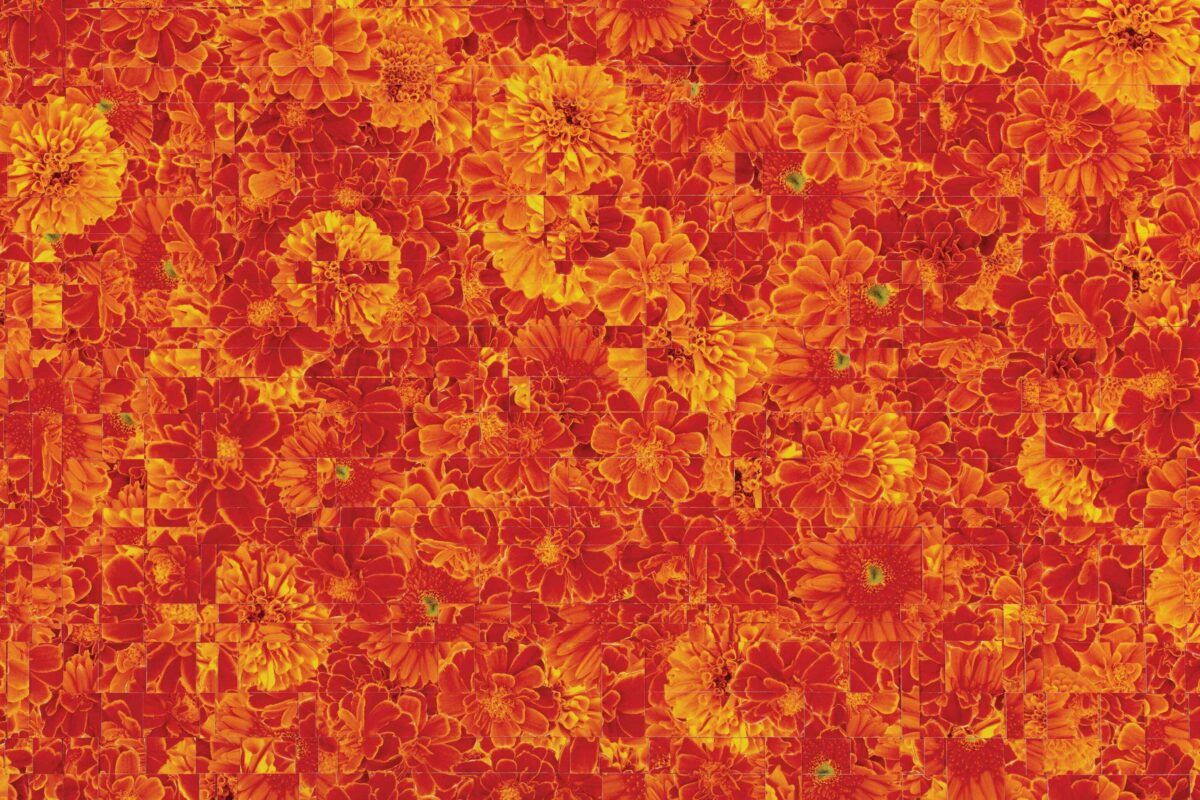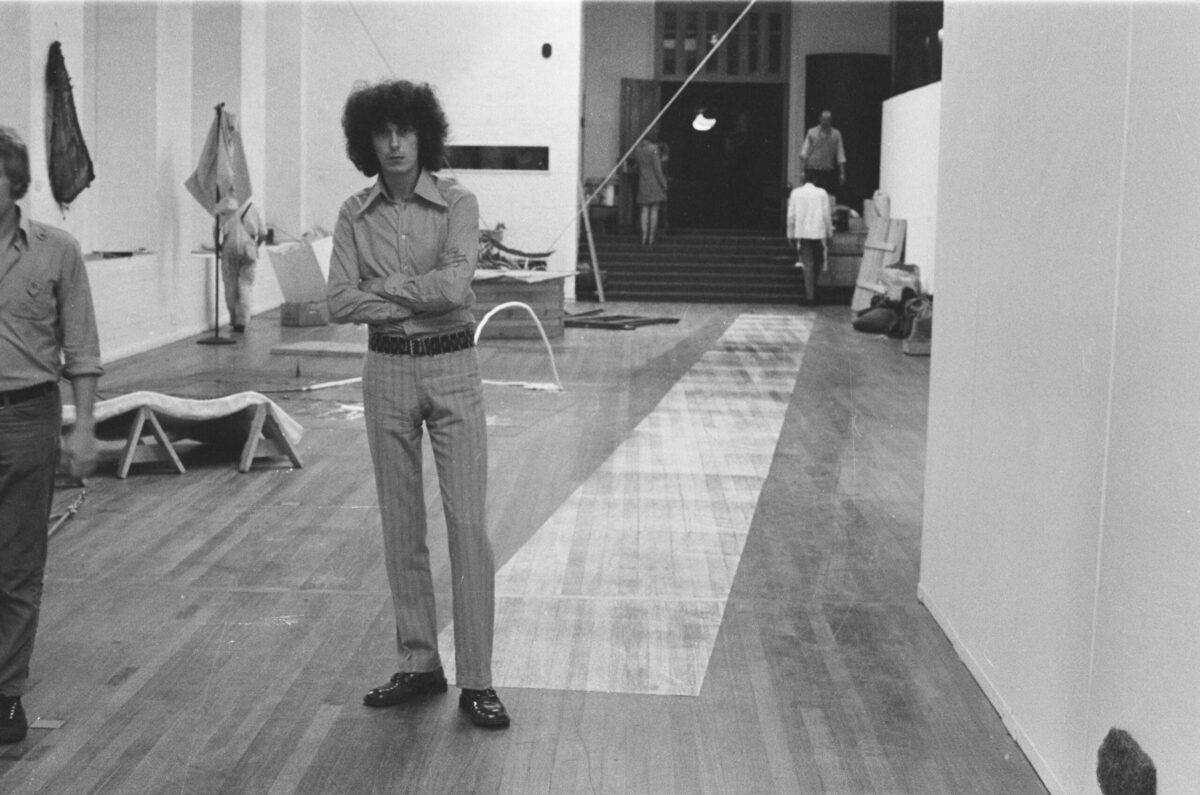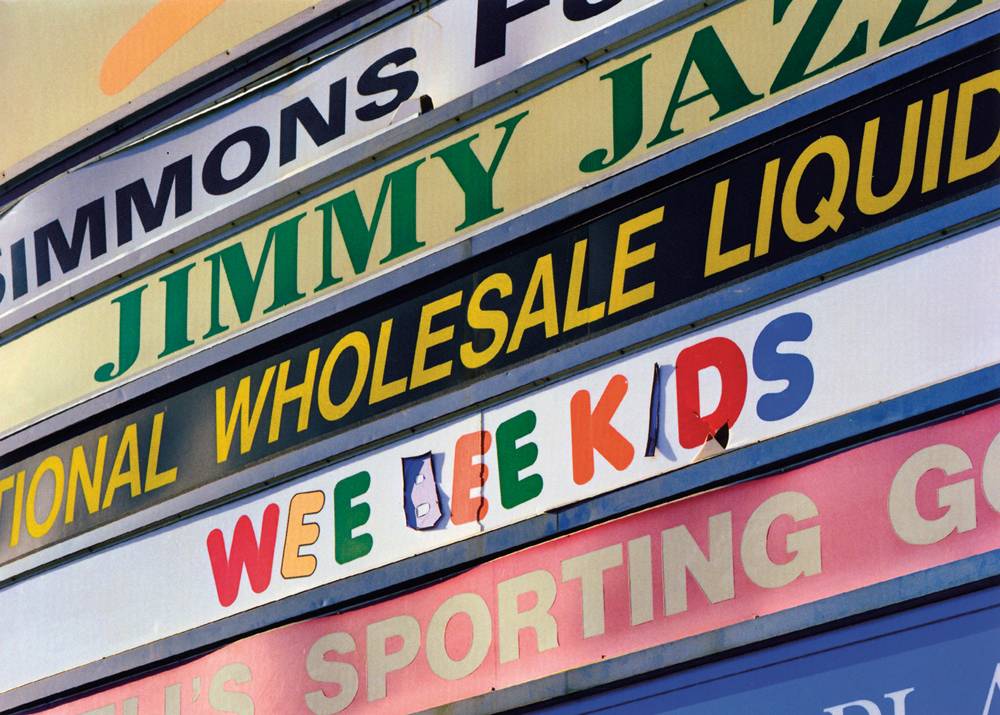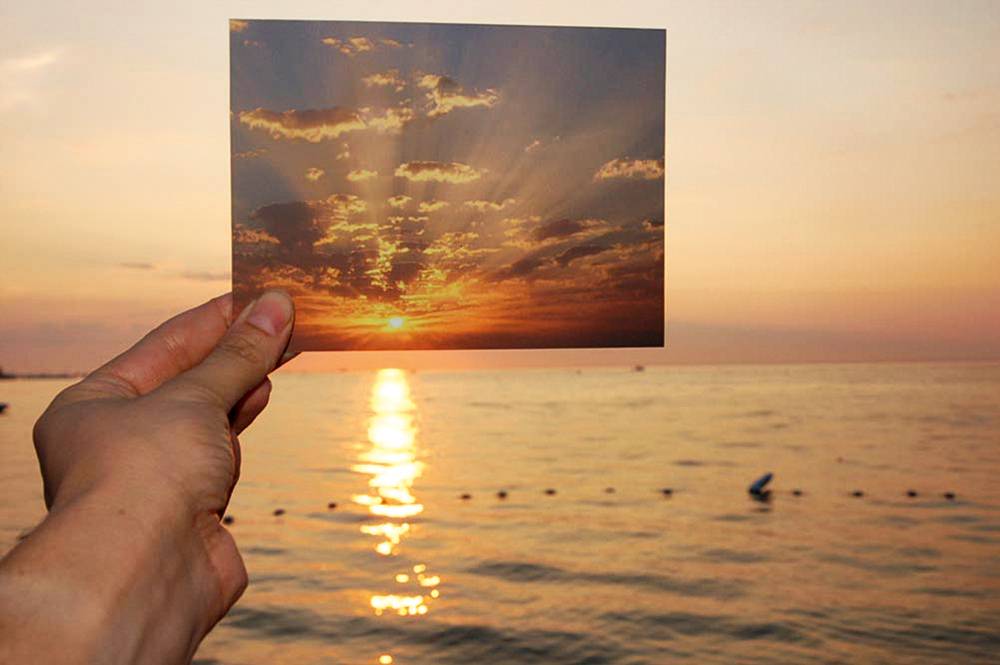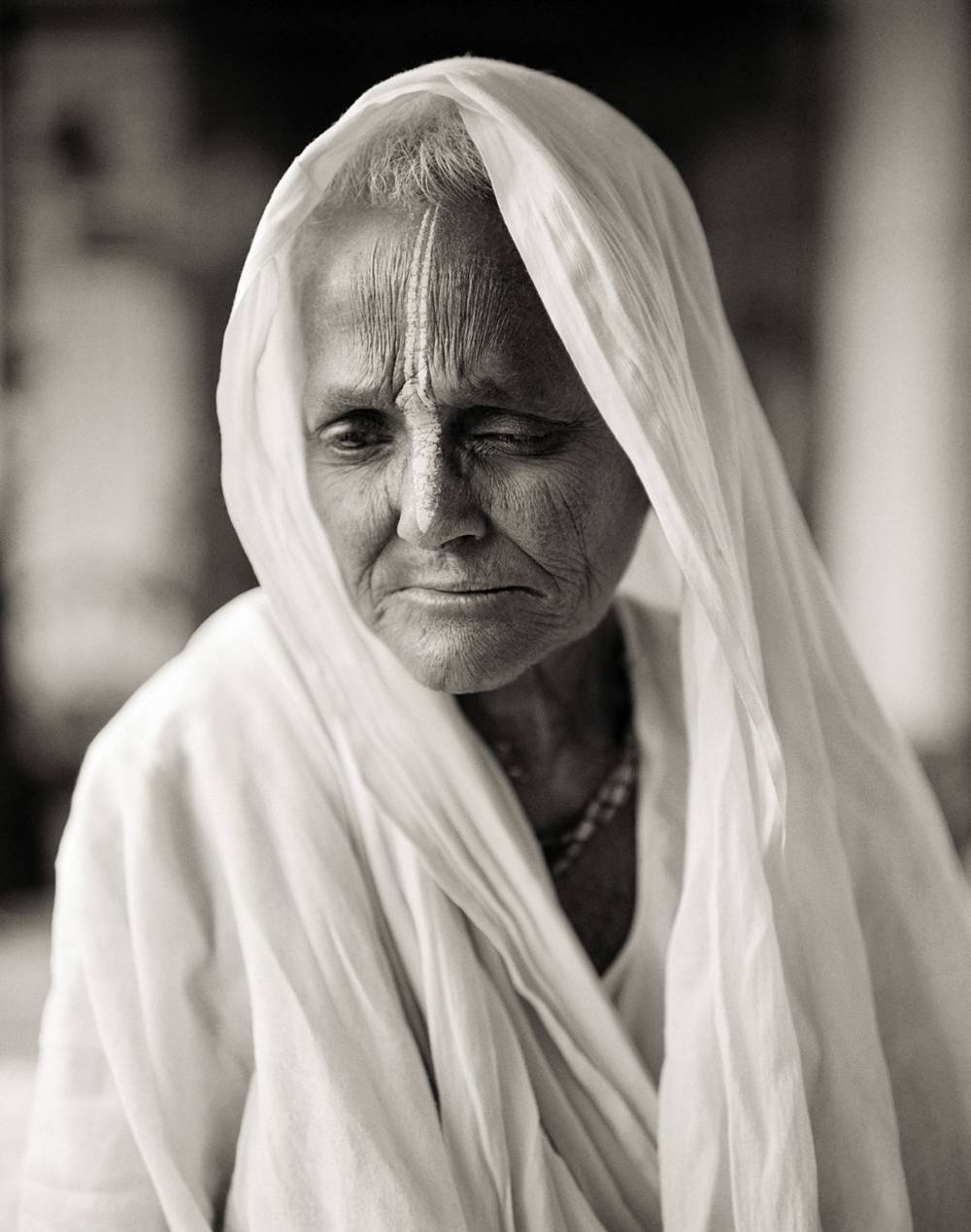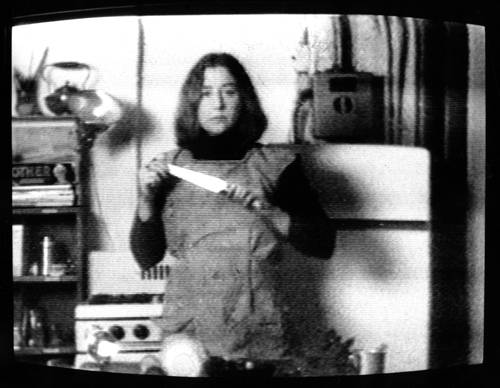Photography and the American Civil War (Metropolitan Museum/Yale), the catalog for curator Jeff L. Rosenheim’s brilliant, moving exhibition at the Metropolitan Museum of Art, focuses attention on the strength and importance of photographs as historical and human documents. Although photography was still a relatively young medium in the 1860s, it was crucial as a witness to the war as it unfolded. In Rosenheim’s words, “The camera performed a key role the opposing armies and their leaders could not: it defined and perhaps even helped unify the nation through an unrehearsed and unscripted act of collective memory-making.” Imagining these images as news photos—not history but reportage—gives them fresh impact. The war’s most famous landscapes, many still strewn with bodies, are here, no longer attributed to Matthew Brady but to the artists he hired to do the work, notably Alexander Gardner and Timothy O‘Sullivan. But there’s much more new and unfamiliar material, and at the heart of the book are haunting studio portraits of soldiers who fought and died on both sides, staged in a formal, somber style that anticipates their use in obituary notices. In the exhibition, these small, ornately cased ambrotypes and tintypes and carefully preserved cartes de visite filled whole galleries. That population seems diminished here, but individuals stand out more vividly and looking into their eyes gives the war’s human cost a terrible specificity—underscored later by a chapter of pictures of the maimed and wounded.
Modern warfare—a fluid combat zone with no front line and no fixed enemy—requires a radically different set of skills from the photographers covering it. I had only the vaguest idea of what that might involve before reading Michael Kamber’s eye-opening Photojournalists on War: The Untold Stories from Iraq (Univ of Texas). The book—required reading for anyone interested in the way news is gathered and disseminated these days—collects Kamber’s interviews with 39 colleagues who covered the war, along with their work from Iraq, a lot of it previously unpublished. Much of the discussion concerns censorship: the military’s increasingly restrictive (but capriciously applied) rules about what could not be photographed (dead or wounded American soldiers, caskets or memorials for dead Americans, Iraqi prisoners, car-bomb scenes) and the American media’s reluctance to publish distressing images from an unpopular war. Andrea Bruce didn’t realize how few of her toughest pictures were being printed until she went back to the States. “You go home and you hit your head against the wall and you don’t know why you do this,” she says. “That’s when you come back [to Iraq] because you know that we’re probably some of the only eyes on this thing.” As a reporter for the New York Times, Kamber was another one of those eyes in Baghdad, so these conversations are remarkably candid—confidences shared among friends that we’re privileged to be listening in on.
Cecil Beaton’s Theatre of War (Jonathan Cape), available only as an import, is the first book to gather the full range of his work for the British Ministry of Information between 1939 and 1945. Beginning on the home front, with London in ruins, Beaton covered the war in the Middle East, India, Burma, and China. Though the Blitz was the closest he came to combat, Beaton was a sensitive observer and his portraits—of British airmen, Indian civilians, an Arab Legionnaire, a wounded Gurkha, the seven-year-old King Faisal II of Iraq, and a pugnacious Winston Churchill—are tender but never sentimental. Along with excerpts from Beaton’s diaries, the book also includes landscapes, interiors, and still lifes in a style so unfailingly elegant it feels like a survival instinct—or his most reliable weapon against war‘s chaos and destruction.



